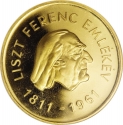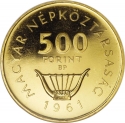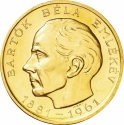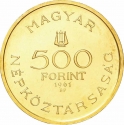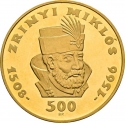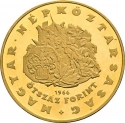You are about to finish your registration. Please check your mailbox (including spam folder). There should be a letter with a confirmation link. Check setting to make sure that your e-mail address is correct.
Send letter againDescription
During the later stages of the Great Turkish War, an engagement between the Ottoman Empire and a coalition of European powers led by the Habsburg Monarchy, the retaking of Buda unfolded. Buda, alongside Pest and Óbuda, now forming modern-day Budapest, held significant strategic importance in the area. The Siege of Buda unfolded from June to September 1686. The coalition, comprising troops from the Holy Roman Empire, Poland, and other European nations, besieged the city, then under Ottoman control. Despite fierce resistance led by Ottoman Grand Vizier Kara Mustafa Pasha, the city succumbed to the superior strength and firepower of the coalition on September 2, 1686. This victory marked a turning point, heralding the waning influence of the Ottoman Empire in Central Europe and the ascendancy of Habsburg control, as Buda became integrated into the Habsburg Monarchy.
Obverse

|
Depicts a distant view of Buda from Ottoman rule, with the inscription "Reoccupation of Buda castle 1986" above it in a semi-circle, interrupted by the contemporary national coat of arms. The engraver's initials "TS" on the right. BVDAVÁR VISSZAVÉTELE 1686 |
|---|---|
Reverse

|
Depicts the denomination combined with a sword, the country name above (Hungarian People's Republic), the mintmark (BP), the issue year, and the engraver's initials (CSR) below. MAGYAR |
| Edge |
500 Forint
People's Republic
300th Anniversary of the Reoccupation of Buda from the Ottomans
KM# 658 Schön# 157 Adamo# EM97
300th Anniversary of the Reoccupation of Buda from the Ottomans


